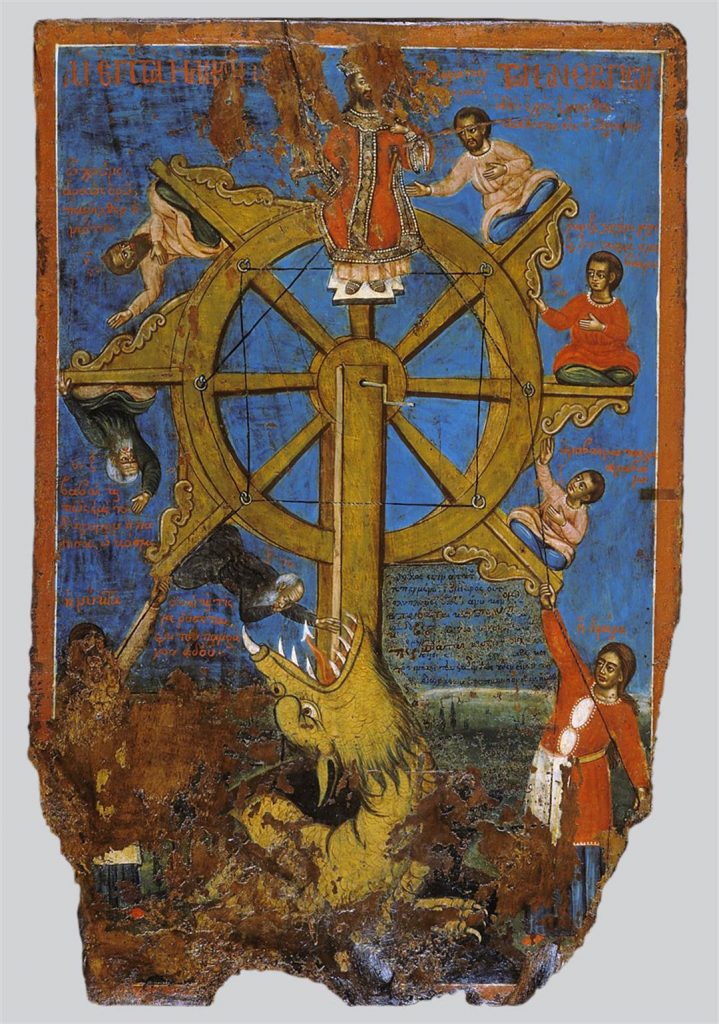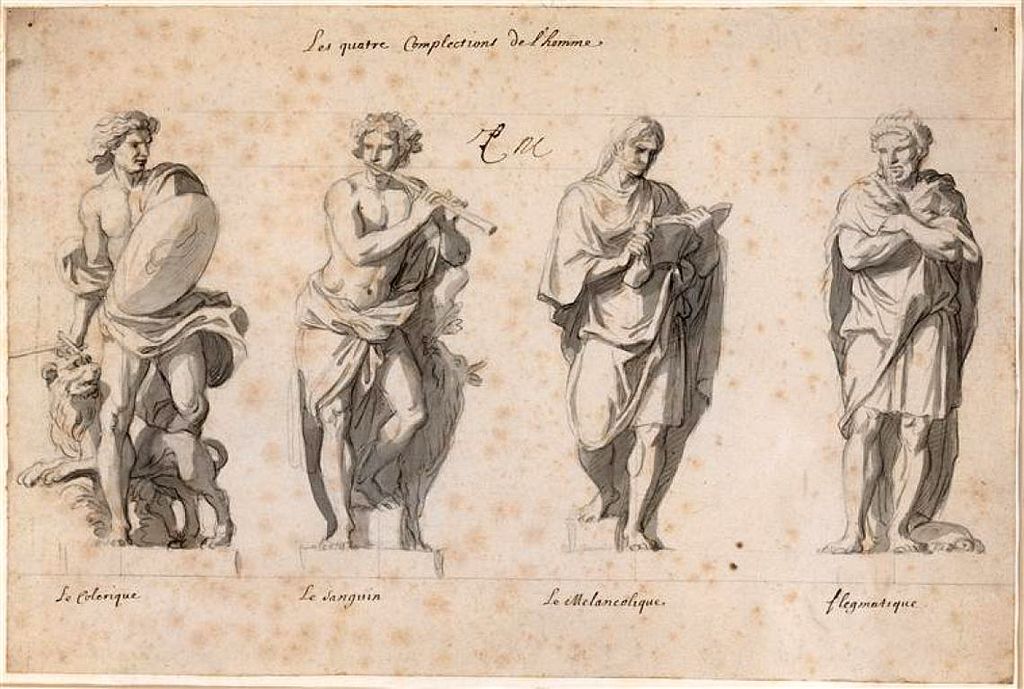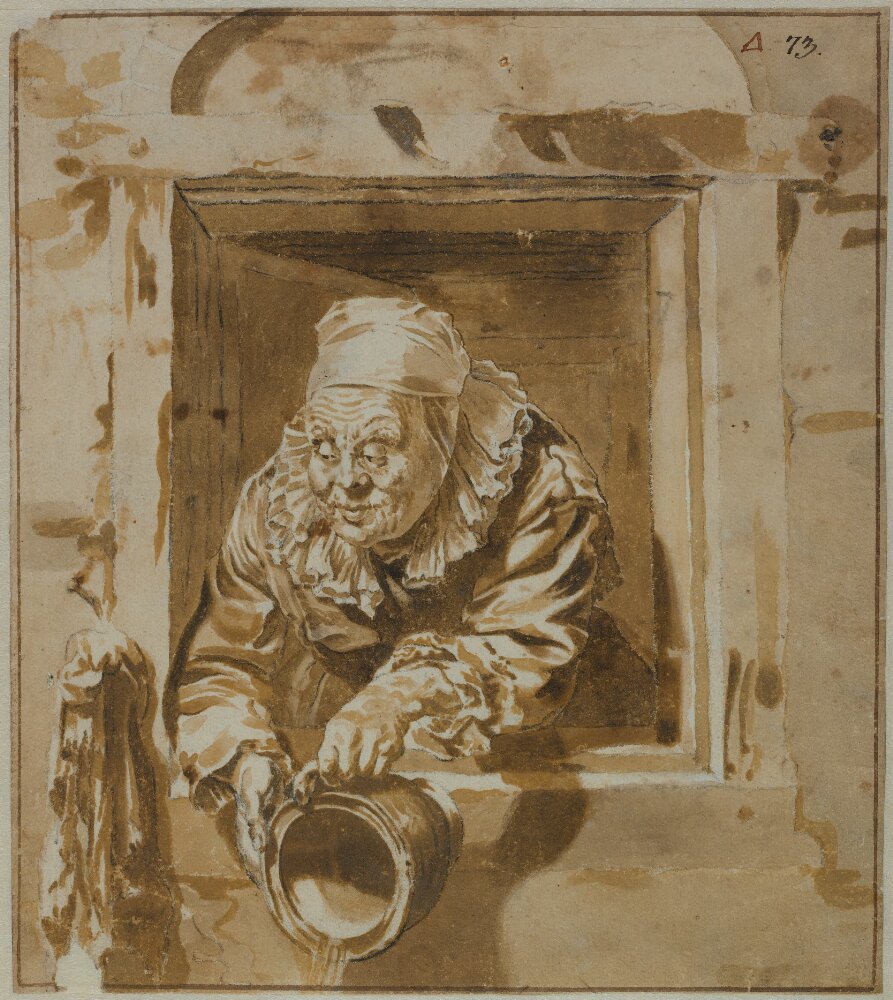Writing historical fiction set in the early modern period in Europe ( characterised as roughly from the beginnings of the Renaissance and the invention of printing to the French Revolution and early Industrial Revolution), I have been endlessly curious about what it would be like to be a woman in those times. My books cover events early in the period so specifically I was interested in what was it like to go through the changes that happen for a woman in the 1550s.
I began by thinking about how men were described.

The seven ages of man, outlined in Shakespeare’s As You Like It, was not original to the playwright and reference to these stages of a man’s life can be found in Ancient Greek Literature as well as in the writings of Horace. William Vaughan (1571- 1641) in his Naturall and artificial directions for health deriued from the best philosophers, as well moderne as ancient, wrote of each age being ruled by a planet, from infancy by the moon to the final stage, ruled by Saturn.
Woman is generally not referred to in these seven stages, except as an adjunct to man. Instead we are more commonly seen as having three stages – Maiden, Mother, Crone.

In the early modern period the body was generally understood to be ruled by four humours… phlegm, black bile, yellow bile, blood … otherwise described as melancholic, sanguine, choleric and phlegmatic. Any imbalance in the humours would lead to sickness.
The Humours were also used to describe the physical and behavioural changes that occur during aging. People were born naturally warm and wet and, over the course of their life, this dissipated so that by old age they had become cold and dry. Since women began life with a colder constitution than men they were characterised as drying out more quickly.

What food you ate affected your humour. Here’s a description of the impact of consuming garlic from Lazare Riviere, The Universal Body of Physick, 1657.
Garlick is hot and dry almost in the fourth degree, for outwardly it exulcerates the skin, but it is weaker being boyled than raw, and moves urine, excites the flowres [menses], begets wind, and hurts the eyes; it helps the concoction of the stomack. It opens the obstructions of the bowels, cuts thick and clammy humours, and cleanses them; it purifies the lungs, and makes the voice clear; it kills worms, and resists poyson, so that it is called the Countryman’s Treacle.
Here’s how women were advised to eat during pregnancy to balance the humours and protect the foetus
All meats too cold, too hot, and too moist, are to be avoided, as also the use of Salads and Spiced meats, and the too much use of salt meats are also forbidden, which will make the child to be born without nails, a sign of short life. Her meats ought to be Pigions, Turtles, Pheasants, Larks, Partridge, Veal, and Mutton. For herbs, she may use Lettice, Endive, Bugloss, and Burrage, abstaining from raw Salads: for her last course, she may be permitted to eat Pears, Marmalade, as also Cherries and Damsins; she must avoid all meats that provoke urine, or the terms; and such meats as are windy, as Pease, and Bean. The Compleat Midwife’s Practice, 1698.
Menstruation was said to occur because women lacked heat to purge superfluities whereas men could do so through their facial hair and because they sweated more. Excess or corrupt humours could also stop the menses by bearing sway in the blood.
Maidens and mothers were useful to men, crones much less so. But for women menopause freed them from being sexual prospects and an endless cycle of painful and often dangerous child bearing. This gave older women a modicum of independence which was by no means popular in a time when women were considered adjuncts of men.
A woman’s appearance was seen to be important, and more important than a man’s physical appearance, and thus the depictions of aging women are harsher. Women were said to age more quickly and within the descriptions of the seven ages of man, men have two to three stages within old age (only becoming toothless at the very end) whereas woman jumps straight from mother to crone.

Here’s how Spencer in the Faerie Queen describes one old woman:
A loathy, wrinkled hag, ill favoured, old…
Her Teeth out of her rotten Gums were fell’d,
And her sowre breath abhominably smeld;
Her drieds dugs, lyke bladders lacking wind,
Hong downe, and filthy matter from them weld;
Her wrizled skin as rough, as maple rind.
Another way to characterise the Crone is as a Wise Woman but the perils of being such in the early modern era was to be labelled as a witch – much safer to be a Crone.
References:
Diet in pregnancy in the sixteenth and seventeenth centuries by Michael Kaye Eshleman
The Medicalisation of Menopause in Early Modern English Medical and Popular Literature by Anne Graham
The Seton Chronicles are set in Europe of the 1550s.
For more information in USA click here
For more information in UK click here
For more information in Canada click here
For more information in Australia click here


“Legislators, priests, philosophers , writers and scientists have striven to to show that the subordinate position of women is willed in heaven and advantageous on earth.” Simone de Beauvoir
I think we have come a long way thanks to brave women but what an unnecessary struggle.
What a fantastic quote from the great Simone de Beauvoir. Thanks for sharing